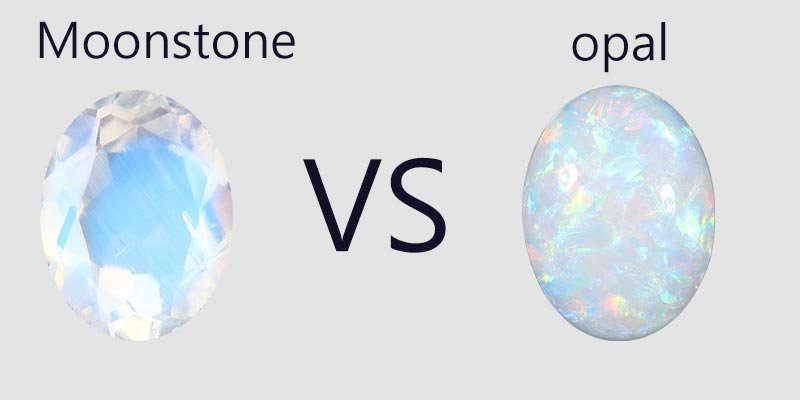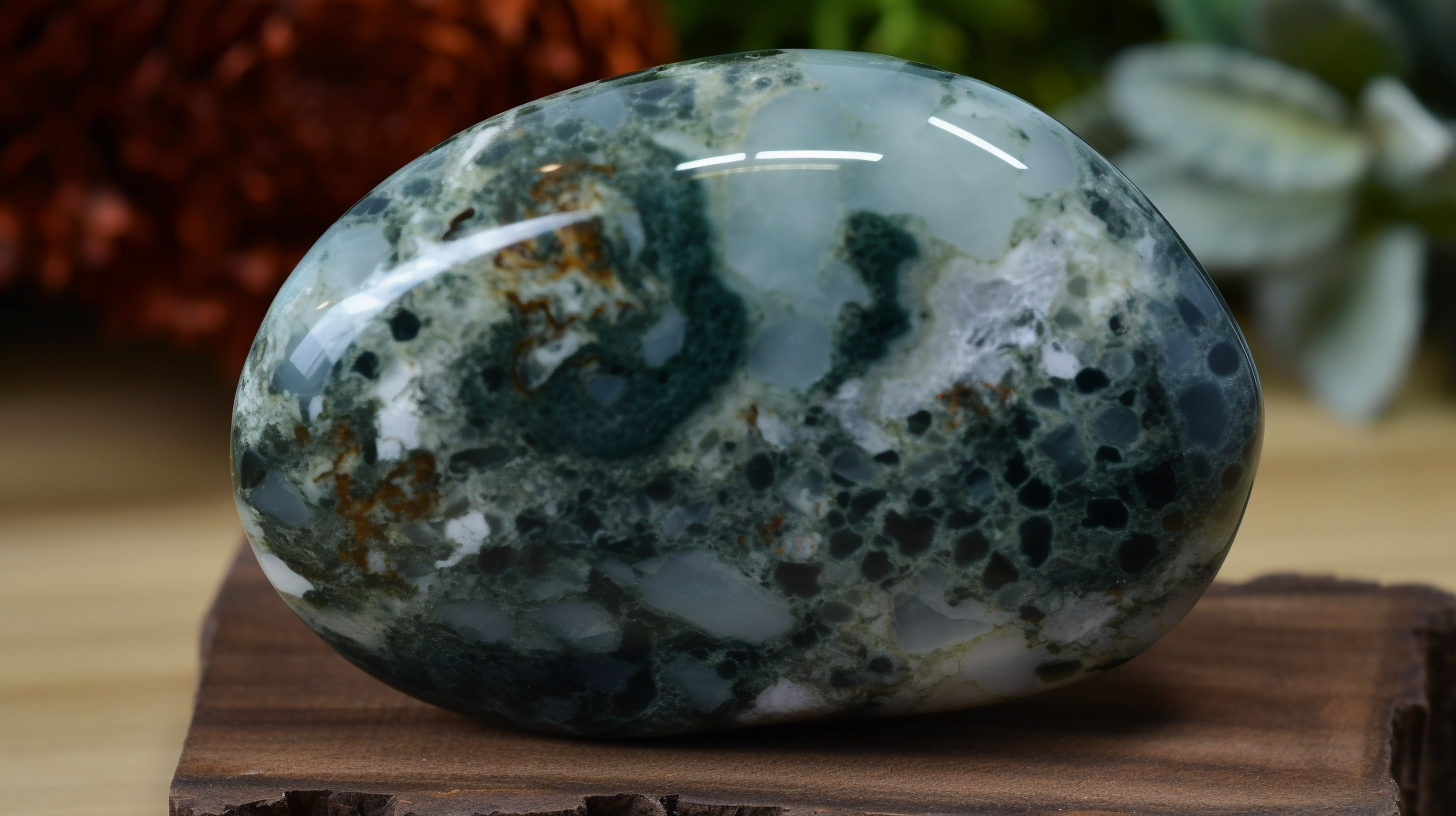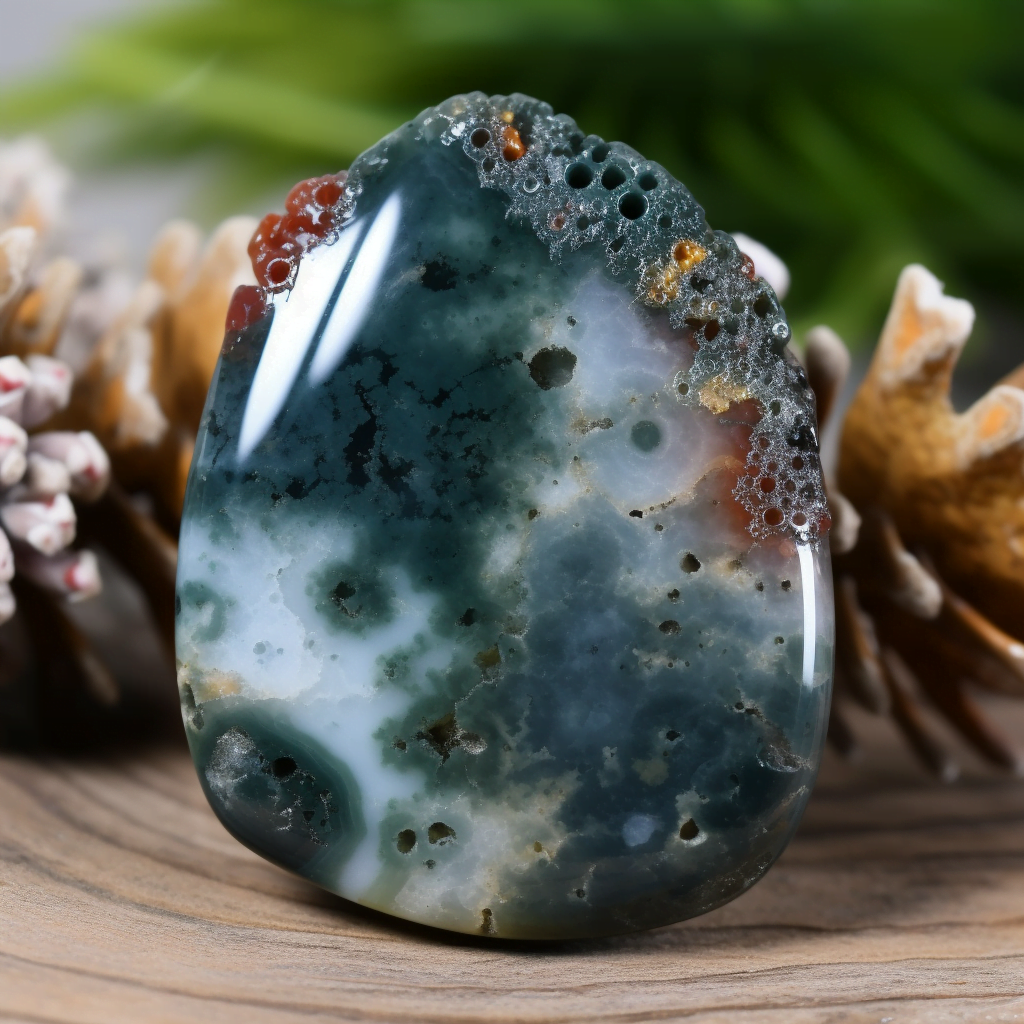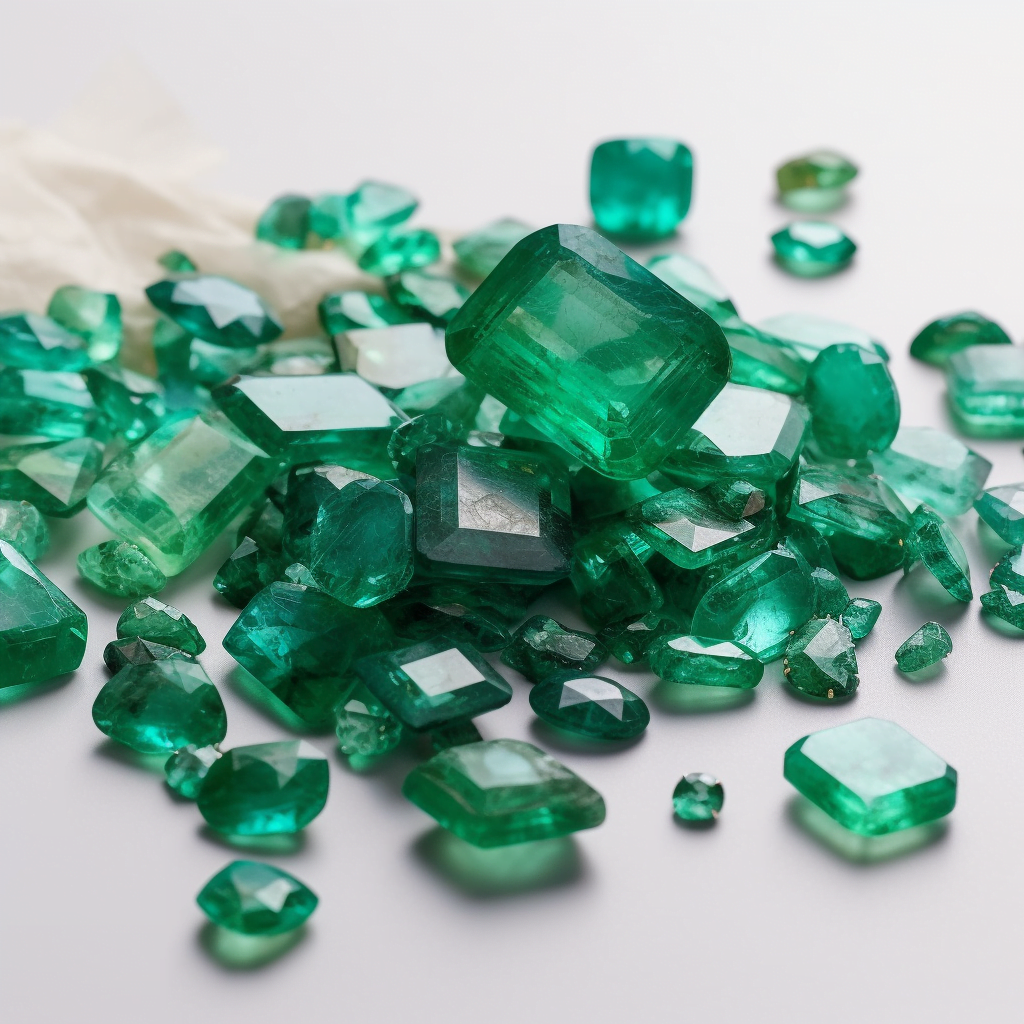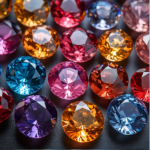Alexandrite vs Amethyst:Which gemstone to choose?
Gemstones have fascinated humanity for centuries with their dazzling beauty and mystical allure. Two gems that often find themselves in the spotlight are alexandrite and amethyst. Each possesses unique qualities and characteristics that make them coveted by collectors, jewelry enthusiasts, and spiritual seekers alike. In this comprehensive gemstone showdown, we’ll delve into the world of alexandrite and amethyst, exploring their origins, properties, symbolism, and popular uses. So, sit back and prepare to embark on a journey through the enchanting realm of gemstones. Origins and Formation Alexandrite: A Mysterious Chameleon Alexandrite is renowned for its chameleon-like nature, displaying a captivating color change that ranges from green in daylight to a rich purplish-red under incandescent light. This mesmerizing transformation is due to its unique mineral composition, primarily consisting of chromium. The birthplace of this remarkable gem is Russia, where it was first discovered in the Ural Mountains in the early 19th century. Named after the young Russian tsar Alexander II, alexandrite quickly gained favor among Russian nobility for its association with imperial regality. Today, while the Russian deposits have largely been exhausted, alexandrite is found in various parts of the world, including Brazil, Sri Lanka, and East Africa. Russian alexandrite, however, remains the most prized, owing to its historical significance and exceptional color-changing properties. Amethyst: A Royal Purple Gem In contrast, amethyst boasts a regal and consistent purple hue that ranges from pale lavender to deep violet. This gemstone derives its name from the Greek word “amethystos,” meaning “not intoxicated.” Ancient Greeks believed that wearing amethyst jewelry could protect them from drunkenness, making it a popular choice among wine-loving aristocrats. Amethyst is primarily formed in igneous and metamorphic rocks, with its striking purple color attributed to trace amounts of iron and other impurities. The gem is found in various parts of the world, including Brazil, Uruguay, and Zambia, with Brazilian amethyst renowned for its deep, vibrant purple tones. Alexandrite vs Amethyst: Composition: Alexandrite: Alexandrite is a variety of chrysoberyl, a mineral composed of beryllium aluminum oxide. It’s the rare color-change variety of this mineral. Amethyst: Amethyst is a variety of quartz, primarily composed of silicon dioxide. It’s the purple variety of quartz. Color: Alexandrite: The most exceptional feature of alexandrite is its ability to change color based on lighting conditions. It appears greenish-blue in daylight and shifts to a reddish-purple under incandescent light. Amethyst: Amethyst is best known for its purple color, ranging from pale lilac to deep, rich purple. Some pieces may exhibit a gradient from deeper to lighter hues. Hardness: Alexandrite: On the Mohs scale, alexandrite ranks 8.5, making it a relatively hard and durable gemstone suitable for everyday wear. Amethyst: Amethyst ranks 7 on the Mohs scale. While it’s relatively hard, it’s not as durable as alexandrite and can be more prone to scratching. Rarity and Value: Alexandrite: Due to its unique color-changing properties and rarity, especially for high-quality stones, alexandrite is one of the most valuable gemstones. Amethyst: Historically, amethyst was considered precious and was valued alongside diamonds, rubies, and sapphires. However, the discovery of vast deposits in Brazil changed its rarity status. Today, while still popular, it’s much more affordable than alexandrite. Origin: Alexandrite: Originally discovered in the Ural Mountains of Russia, it can also be found in Brazil, Sri Lanka, and East Africa. Amethyst: Major sources include Brazil, Uruguay, and parts of Africa. Russia and Canada also produce some amethyst. Symbolism and Meaning: Alexandrite: Often associated with good fortune and love, alexandrite is believed to bring balance between the physical and astral worlds. Amethyst: Historically connected to royalty due to its purple hue, amethyst is also considered a stone of spirituality and peace. It’s often associated with healing and protection. Usage: Alexandrite: Given its rarity and value, alexandrite is often used in exquisite jewelry pieces. It’s also one of the birthstones for June. Amethyst: Used both in jewelry and as a spiritual tool (like in meditation), amethyst is versatile and popular. It’s the birthstone for February. Select options Alexandrite Engagement Rings, Engagement, Shop All Rings Pear Shaped 8X6 MM Lab Alexandrite Engagement Ring 14K Rose Gold Women Bridal Promise Anniversary Birthstone Ring $480.00 Select options Alexandrite Engagement Rings, Engagement, Shop All Rings 10x5MM Marquise Cut Alexandrite Ring Vintage 14K Rose Gold Engagement Bridal Promise Gift For Women $555.00 Select options Alexandrite Engagement Rings, Engagement, Shop All Rings Oval Alexandrite Engagement Ring Vintage 14k Rose Gold Women Cluster Ring Bridal Promise Ring Anniversary Gift $565.00 Select options Amethyst Engagement Rings, Engagement, Gemstone Engagement Rings, Shop All Rings Purple Gem Oval Cut Amethyst Bezel Ring In 14K Yellow Gold $450.00 Select options Alexandrite Engagement Rings, Engagement, Gemstone Engagement Rings, Shop All Rings Kite Cut Alexandrite Engagement Ring Rose Gold Cluster Diamond Ring $560.00 Select options Alexandrite Engagement Rings, Engagement, Gemstone Engagement Rings, Shop All Rings 7x10mm Shield Shape Lab Alexandrite Engagement Ring Rose Gold $640.00 Conclusion In the showdown between alexandrite and amethyst, both gemstones shine brightly in their own right. Alexandrite dazzles with its mesmerizing color change and historical significance, while amethyst enchants with its regal purple hue and spiritual symbolism. Whether you’re drawn to the mystique of alexandrite or the timeless allure of amethyst, both gems have a place in the world of fine jewelry and personal adornment. So, when considering which gemstone to add to your collection or incorporate into your jewelry, remember that the choice between alexandrite and amethyst ultimately comes down to your personal style, preferences, and the meaning you attach to these exquisite gems.



